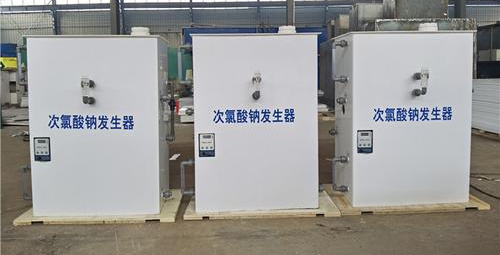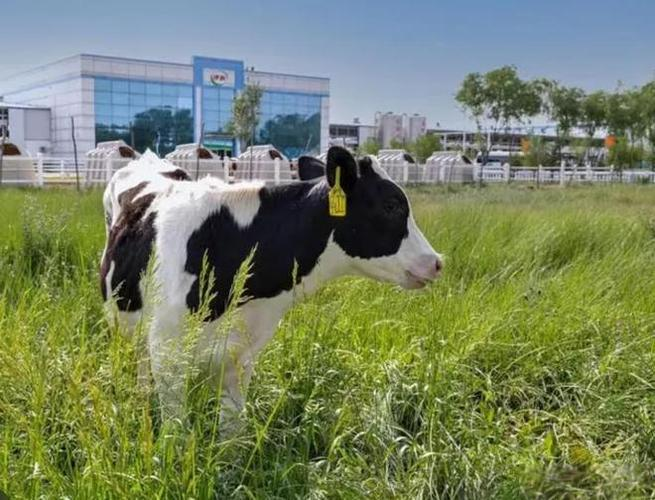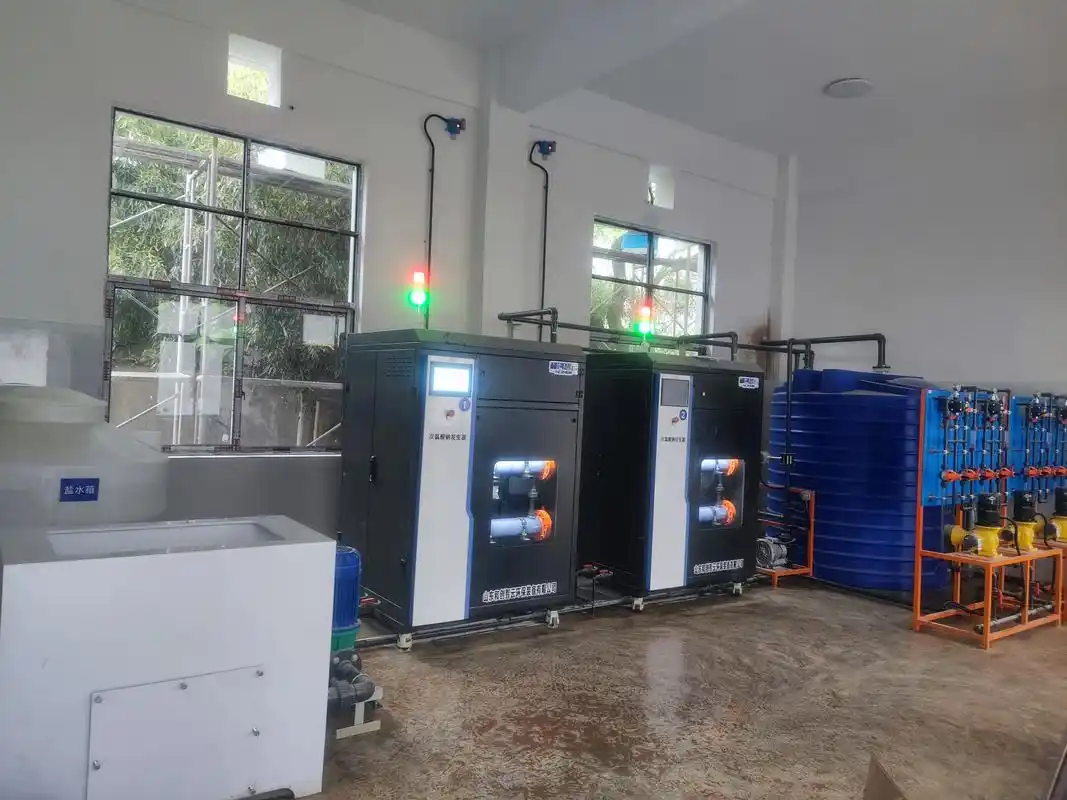With the development of modern animal husbandry towards intensive and large-scale development, the importance of pasture hygiene management and disease prevention and control has become increasingly prominent. Traditional disinfection methods are difficult to meet the high standards of biosafety in modern pastures due to high cost, low efficiency, environmental pollution and other problems. As a new type of disinfection equipment, sodium hypochlorite generator is setting off a wave of innovation in disinfection technology in pastures around the world with its safety, efficiency and environmental protection. Chlory's electrolytic brine sodium hypochlorite generator has been recognized by ranchers in practical applications.

1. Pain points of pasture disinfection and unique advantages of sodium hypochlorite

The pasture environment is complex, and pollution sources such as animal excrement, feed residues, and pathogenic microorganisms are intertwined, which can easily cause the spread of animal diseases such as foot-and-mouth disease and brucellosis. Traditional disinfectants such as chlorine-containing preparations have high storage risks and rapid attenuation of effective chlorine. Ultraviolet disinfection is limited by spatial penetration, and ozone disinfection may irritate the respiratory tract of animals.
Sodium hypochlorite (NaClO) is a broad-spectrum disinfectant. The hypochlorous acid (HClO) produced by its hydrolysis can penetrate the cell wall of microorganisms and destroy the enzyme system. It has a highly effective inactivation effect on bacteria, viruses, spores and other pathogens. Compared with the commercially available 84 disinfectant, the sodium hypochlorite solution prepared by on-site electrolysis of salt water has a precisely controllable effective chlorine concentration (50-5000ppm), no toxic byproducts remain, and the raw materials are only salt and water, which is both economical and safe.
2. Technological breakthroughs and application scenarios of sodium hypochlorite generators
Modern sodium hypochlorite generators use membrane electrolysis technology and achieve precise electrolysis through intelligent control systems. A certain model of equipment (such as ClorTec® CMF-30) can produce 300g of effective chlorine per hour, and 1kg of salt can prepare 6kg of disinfectant with a concentration of 0.8%, and the cost is only 1/5 of the commercially available disinfectant. Its modular design enables the equipment to be flexibly deployed in different scenarios:
Drinking water safety system: integrated into the automatic drinking water line, the continuous chlorine concentration of 0.5-1ppm can effectively control pathogenic bacteria such as E. coli. After application in a cattle farm with 10,000 heads, the total colony count in the water body decreased by 99.7%, and the calf diarrhea rate decreased by 62%.
Environmental disinfection matrix: the atomization system uses a 200ppm solution to disinfect livestock, killing 99.99% of staphylococci; the flushing system uses an 800ppm concentration to disinfect the sewage ditch, reducing the hydrogen sulfide concentration by 85%.
Equipment sterilization solution: milking equipment and feeding utensils are soaked in a 1000ppm solution for 10 minutes, reducing the risk of cross-contamination of Salmonella by 90% and extending the service life of the equipment by 30%.
3. Benefit improvement brought by digital management
The application of Internet of Things technology makes the disinfection process traceable throughout. A smart ranch management system shows that after the sodium hypochlorite generator is linked with the environmental sensor, the amount of disinfectant is saved by 38% and the labor cost is reduced by 45%. Through big data analysis, the system can automatically optimize the disinfection frequency and concentration, and improve the biosafety level of the ranch by 2 levels.
4. Future development prospects
With the improvement of electrolysis efficiency (currently up to 85% or more) and the application of wind-solar complementary power supply system, sodium hypochlorite generator is moving towards zero-carbon disinfection. The US FDA has approved its use in organic ranches, and the EU has included it in the REACH regulation recommended technology. It is expected that by 2030, the penetration rate of this technology in global ranches will exceed 60%, becoming the standard configuration for the construction of smart ranches.

Chlory has been committed to the research and development and production of sodium hypochlorite generators for electrolytic brine. The application of sodium hypochlorite generators in ranches not only represents the upgrade of disinfection technology, but also reflects the paradigm shift of modern animal husbandry from extensive management to precise prevention and control. This cutting-edge technology that integrates electrochemistry, the Internet of Things, and big data is redefining the boundaries of ranch biosafety and providing innovative solutions for protecting animal welfare, improving production efficiency, and achieving sustainable development.
